OPEL
| Founded | January 21, 1862 |
|---|---|
| Founder(s) | Adam Opel |
| Headquarters | Rüsselsheim, Germany |
| Number of locations | 11 manufacturing facilities in 6 countries |
| Area served | Global (except North America) |
| Key people | Karl-Friedrich Stracke CEO |
| Products | Automobiles |
| Services | Financial services |
| Revenue | |
| Employees | 40,458 (2010) |
| Parent | General Motors Company |
| Subsidiaries | Opel Performance Center Opel Motoren Kaiserslautern Opel Eisenach Opel Special Vehicles |
| Website | Opel.com |
Adam Opel AG, generally shortened to Opel, is a German automobile company founded by Adam Opel in 1862. Opel has been building automobiles since 1899, and became an Aktiengesellschaft in 1929. The company is headquartered in Rüsselsheim, Germany.
It became a majority-stake subsidiary of the American General Motors Corporation in 1929 and has been a wholly owned subsidiary since 1931.
In 2010 Opel announced that it will invest around 11 billion Euros in the next five years. One billion of that is designated solely for the development of innovative and fuel-saving engines and transmissions.
1862 - 1920
The company was founded in Rüsselsheim, Hesse, Germany on January 21, 1862 by Adam Opel. At the beginning, Opel just produced sewing machines in a cowshed in Rüsselsheim. Above all, his success was based on his perfectly customized sewing machines. Because of the quick growth of his business, in 1888 the production was relocated from the cowshed to a more spacious building in Rüsselsheim. Encouraged by success, Adam Opel launched a new product in 1886: He began to sell high-wheel bicycles, also known as penny-farthings. Besides, Opel's two sons participated in high-wheel bicycle races and thus promoted this means of transportation. Therefore, the production of high-wheel bicycles soon exceeded the production of sewing machines.At the time of Opel's death in 1895, he was the leader in both markets.
The first cars were produced in 1899 after Opel's sons entered into a partnership with Friedrich Lutzmann, a locksmith at the court in Dessau in Saxony-Anhalt, who had been working on automobile designs for some time.
These cars were not very successful and so the partnership was dissolved after two years, following which Opel's sons signed a licensing agreement with the French Automobiles Darracq S.A. to manufacture vehicles under the brand name "Opel-Darracq". These cars were made up of Opel bodies mounted on a Darracq chassis, powered by a 2-cylinder engine.
In 1901, Adam Opel separated from Lutzmann and signed a new contract with a Frenchman, Alexandre Darracq. The company first showed cars of its own design at the 1902 Hamburg Motor Show, and started manufacturing them in 1906, with Opel-Darracq production being discontinued in 1907.
In 1909, the Opel 4/8 hp model, known as the "Doctor's Car" was produced. Its reliability and robustness were greatly appreciated by physicians, who drove a lot to see their patients, back when hard-surfaced roads were still rare. The "Doctor's Car" sold for only 3,950 marks, about half as much as the luxury models of its day.
In 1911, the company's factory was virtually destroyed by fire and a new one was built with more up-to-date machinery.
By 1914, Opel had become the largest German manufacturer of motor vehicles.
In March 1929, General Motors (GM), impressed by Opel's modern production facilities, bought 80% of the company, increasing this to 100% in 1931. The Opel family gained $33.3 million from the transaction. Subsequently, during 1935, a second factory was built at Brandenburg for the production of "Blitz" light trucks.
1935 was also the year in which Opel became the first German car manufacturer to produce over 100,000 vehicles a year. This was based on the popular Opel "P4" model. The selling price was a mere 1,650 marks and the car had a 23 hp (17 kW) 1.1 L four-cylinder engine and a top speed of 85 km/h (53 mph). Opel also produced the first mass-production vehicle with a self-supporting all steel body. They called it the Olympia. With its small weight and aerodynamics came an improvement in both performance and fuel consumption. Opel receives a patent which is considered one of the most important innovations in automotive history.
1939 saw the presentation of the extremely successful, Kapitän. With a 2.5 L six-cylinder engine, all-steel body, front independent suspension, hydraulic shock absorbers, hot-water heating w/electric blower and central speedometer. 25,374 Kapitäns left the factory before intensification World War II brought automotive manufacturing to a temporary stop in the Autumn/Fall of 1940, by order of the government.
When in 1942 it became clearer that the fighting would go on for a while, car and truck factories were switched to war work in a modest way, Opel taking up the production of aircraft parts and tanks. Only at the Brandenburg truck plant did vehicle manufacture roar ahead at full speed. From the end of 1938 onward to big Opel Blitz trucks had been powered by the same basic 3.6 L engine used in the Admiral. To meet the growing demands of wartime, 3 short tons (2.7 t) trucks of Opel design were built under license by Daimler-Benz at the former Benz factory at Mannheim.
One of the most versatile small German military vehicles, the Kettenkrad, a curious but useful blend of tractor and motorcycle, was powered with a 1.4 L Olympia four-cylinder engine. Produced by NSU, it had motorcycle-type front-wheel steering for gentle turns and negotiated tight corners with brakes on the propelling caterpillar tracks. The Kettenkrad towed antitank guns and transported troops and signal gear in several theater of war. NSU continued to make it after the war for use in mines and forests. It was one of the few vehicles that could do jobs formerly performed by horses for which, owing to the shortage of oats, there was even less fuel available than for motor vehicles.
As the war progressed, military authorities placed greater stress on the development of air-cooled engines, which they felt had more immunity to damage from weather, shellfire and misuse. To meet this demand, Opel engineers developed an unusual variation on normal cooling for the 3.6 L truck engine. It was called "air-oil cooling," and used engine oil to take heat away from the jackets around the cylinder barrels. The heads were directly cooled by air, there being three separate aluminum finned heads, each serving two cylinders. Of this interesting engine, which developed 72 hp (54 kW; 73 PS) at 3000 rpm on 74-octane fuel, only three examples were built.
Other special jobs were undertaken at the Rüsselsheim factory. One that was too exotic to be typical was the construction of an intercooler for the supercharger of the famous Junkers Juno aircraft engine. Special methods had to be developed to fabricate this vital assembly from very thin sheets of aluminum. With work like this going on, Germany's enemies naturally took note of the various Opel plants and, starting in August 1944, began visiting them by air. The resulting devastation was a tragic echo of the effects of the fire of exactly 33 years earlier. Destruction was heavy at both Rüsselsheim and Brandenburg from the attacks by Allied bombers. Never was the outlook more bleak at Adam Opel AG than in the first months of 1945.
Opel had been transformed and rebuilt before. There was very little, actually, beyond the determination of the men and women who believed in the power of the Opel idea and the 83 years over which it had been created. Many of the tools with which they once had worked were gone. The Brandenburg truck plant fell into the Russian Zone of a divided post-war Germany. It did not stay there long. All the machinery and equipment – right down to the window frames and bathroom fixtures – was dismantled and shipped to a site near the Ural mountains.
Cars as well as truck production lines were lost by Opel. As reparations for war destruction, under plans of the Allied Forces, the Soviet Union asked the Allied Military Government for the tools, jigs, dies, fixtures, and drawings for the Kadett. This, they said, they would use to begin auto production at an Opel subsidiary in Russian-occupied Leipzig. The equipment was duly delivered to the Soviets in June 1946, and that was the last Opel was to see of it – but not of the Kadett.
ust a year later a new Soviet car, the Moskvitch 400, rolled off a Moscow assembly line. It seemed to be the Opel Kadett in every detail, with only the name changed (this is, however, doubted, as various sources provide contradictory information; see the respective article). By late 1950, the Russians were exporting these Kremlin Kadetts to Belgium, stressing in their promotion that spare parts could easily be obtained from Germany. Not until 1959 was a Moskovitch model introduced that bore no trace of Opel engineering. And by that time, Opel was just about ready to introduce a new Kadett of its own.
Only the strong resistance of the American government within whose zone of occupation Rüsselsheim was located, prevented the total dismantling of the entire Opel plant as reparations in Russia. GM had no say in these discussions and was not sure just what posture to take toward its sometime subsidiary. GM's Alfred Sloan recalled:"(Opel) had been seized by the German government soon after the war began. In 1942 our entire investment in Opel amounted to about $35 million, and under a ruling which the Treasury Department had made concerning assets in enemy hands, we were allowed to write off the investment against current taxable income. But this ruling did not end our interest in, or responsibility for, the Opel property.
As the end of the war drew near, we were given to understand that we were still considered the owners of the Opel stock; and we were also given to understand that as the owners, we might be obliged to assume responsibility for the property." It was a responsibility that Sloan and his associates weren't at all sure was worth the risk in the chaos of postwar Europe.
One resource that did not appear on the books of General Motors or on the rolls of the occupying authorities was most responsible for the recovery of Opel in 1945: the extraordinary loyalty of its workers. They were not itinerant opportunists who had looked on their work at Rüsselsheim as just another job. They were men and women who had, for the most part, come from that immediate area, many from the quiet of the country, and had literally grown up with the Adam Opel AG More important to them than their own fates was that of Opel, for its collapse would mean the loss of the most important employer for the people of Rüsselsheim who were finding their way home from the chaos of war.
Just at war's end a small skeleton crew began clearing the rubble from the plant. By May 1945, this work had advanced enough to allow the beginning of production of desperately needed Opel parts. Getting the materials for them was more dependent on barter and black markets than it was on normal sources of supply, which had all but ceased to exist.
In response to the pressing need for new trucks in a Germany struggling to rebuild, the American authorities governing Rüsselsheim granted permission to the plant to produce a 1.5 short tons (1.4 t) truck powered by the 2.5 L Kapitän engine. It was a minor miracle that even this was possible. By January 1946, the plant itself was ready to build trucks but many of the almost 12,000 parts needed to make each one were lacking. Before the big firms could begin, the small ones had to get started too. And illness and poor nutrition so crippled the staff of 6,000 workers that it was normal for 500 to be too sick to come to work and more than 400 to report sick during the day.
Overcoming these and other obstacles, Opel finally celebrated the completion of the first postwar Opel Blitz truck on July 15, 1946 in the presence of U.S. Army General Geoffrey Keyes and other local leaders and press reporters.Priced at 6600RM, the truck was designed to run either on gasoline or on wood gas, for which a gas generator could be supplied. With a ceremonial bouquet of flowers flying from its rear-view mirror, this historic Opel Blitz left the factory gate bound for a buyer in Wiesbaden on July 26. Further production followed at a rate of 150 a month, and by the end of 1946 the production total was 839. Frigidaire refrigerators were also being made at Rüsselsheim, as were Olympia engines for the NSU Kettenkrad.
The next step for Opel was the resumption of passenger car production. It might have seemed easiest to bring back the Kapitän first, since its engine was already in production for the truck. But occupation regulations restricted German civilians to cars of 1.5 L or less, which made the Olympia the obvious candidate. Under Dr. Ing e.h. Karl Stief, who had been chief engineer at Opel since 1934, useful changes were made to this tough little car. The Dubonnet front suspension was replaced by a conventional coil-and-wishbone layout and the steering was correspondingly rearranged.
Announced in November 1947, production of the post-war Olympia, with austere painted hubcaps, began in December 1948 and allowed a modest return to export sales in that year.
In October 1948, the Kapitän came back to the Opel lineup, unchanged except for such details as the shape of the headlights and improvements in the leaf springs and dampers. Prices in 1948 were 9950 DM for the Kapitan and 6785 DM for the Olympia (the Deutschmark having replaced the Reichsmark on June 20, 1948).Other events which would powerfully affect Opel's future were taking place in 1948. In February and March, a GM study group came to Germany to investigate every aspect of Europe's economic situation and Opel's special problems. On their return they submitted a report, on March 26, recommending that General Motors resume control of Opel. On April 5, however, GM's financial policy committee concluded that "in view of the many uncertainties surrounding the operation of this property, the Corporation is not justified in resuming the responsibility for its operation at this time..." GM, it seemed, didn't want Opel.
Second thoughts on this decision leaped immediately into the minds of such executives as Alfred P. Sloan Jr., and Charles Wilson, GM's President. Later in April, Sloan sought to resolve the differences of opinion with a position paper that he hoped would set up conditions for resuming control of Opel that would put at rest the doubts of GM's more conservative financial minds.
Sloan suggested that GM take the helm of Opel again for a two-year "probationary" period to see whether the economic conditions, then called "close to stagnation" in Germany, would improve. Sloan set other important goals: "General Motors should risk no additional capital in Opel. Credit facilities should be available. We should have complete freedom in personnel policies and administration. The products produced by Adam Opel AG should be solely within the jurisdiction of management, and if prices had to be approved by government authority, a reasonable return on the capital should be allowed."With these guidelines in mind, the Opel question was put again on May 3 to the GM financial policy committee, which then withdrew its objections to a return to Rüsselsheim. Many, many details still had to be worked out, both within GM and in the U.S. occupied zone of Germany, before this could actually occur. At last, the official word was released on November 1, 1948: GM resumed management control of Adam Opel AG Edward W. Zdunek, formerly regional manager for Europe of General Motors Overseas Operations Division, was named managing director.
The appointment of Zdunek to this post was a move of special significance. An experienced motor industry executive, he was not merely liked but indeed loved by those who worked for him. The sensitive hand of Ed Zdunek was the perfect choice to guide the fragile Opel ship through the roiling waters of postwar Germany. He continued in that critical position until 1961.
Changes in the Opel cars under GM's management didn't appear until January 1950, when a face-lifted Olympia was introduced. Front and rear fenders were elongated and a heavy horizontal chrome grille was added. A retrograde step was the replacement of the four-speed gearbox with a three-speed unit, with a column shift lever. Engine tuning emphasized high torque at low engine speeds so the extra ratio wasn't too sorely missed. The cabrio-coach model was returned to the Olympia range and a kombi was also offered, built by Karosserie Miesen. In February 1951, in preparation for the first postwar automobile show in Germany, the Olympia was dressed up further with a trunk compartment that enclosed the spare tire and 15 in (38 cm) wheels instead of 16 in (41 cm) wheels and tires. With minor further changes, this model lasted to March 1953.
Detail improvements, such as a new dashboard and a steering column shift, embellished the Kapitän line in May 1950. Bigger changes were saved for March 1951, to anticipate the opening of the doors of the Frankfurt show on April 19 for an 11-day run. Its earlier fast-back style was modified to a mild notch-back contour, and a new horizontal grille – not the prettiest in Opel history – dominated the frontal view. With a higher compression ratio (still only 6.25:1), engine power was 58 bhp (43 kW; 59 PS) at 3700 rpm and top speed was 80 mph (130 km/h). Output increased to 60 bhp (45 kW; 61 PS) during the further life of this model, which ended in July 1953.
More or less by 'fait accompli', in the absence of the tools to build the Kadett, Opel found itself in the middle-priced bracket in Germany's postwar auto market, sandwiched between VW and Mercedes-Benz. This was a position that was not unfamiliar to both GM and Opel, and one in which it did amazingly well. In 1953, output rose above 100,000 units for the first time since the war, and in 1954, when the sprawling plant by the Main River was considered completely rebuilt, 24,270 were employed at Adam Opel AG and 167,650 vehicles were built—an all-time high. Opel had looked the spectre of oblivion in the eye and come back stronger than ever.
So Opel is in most cases fully responsible for all the car architectures and technologies up to the Opel Insignia/Buick LaCrosse/Chevrolet Malibu. In particular, all the future-oriented, modern, full-efficient GM architectures for compact and midsize vehicles are developed by Opel in Rüsselsheim.
In 2011, Frank Weber left Opel.Opel established Opel Performance Center GmbH (OPC) in 1997, which is responsible for the development of high-performance cars .Opel Special Vehicles GmbH (OSV) is a wholly owned subsidiary, which produces special series and undertakes vehicle modifications. Together with the ITDC, OSV developed the environmentally friendly and cost-CNG-drive concept based on natural gas (Compressed Natural Gas) and was first implemented on the Opel Zafira 1.6 CNG.
Karl-Friedrich Stracke is Chairman of the Management Board & Chief Executive Officer at Adam Opel AG since April, 2011.
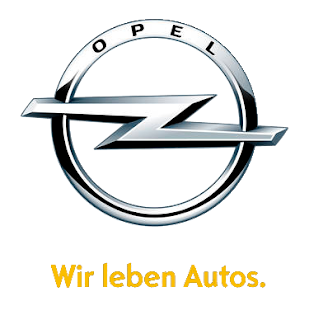





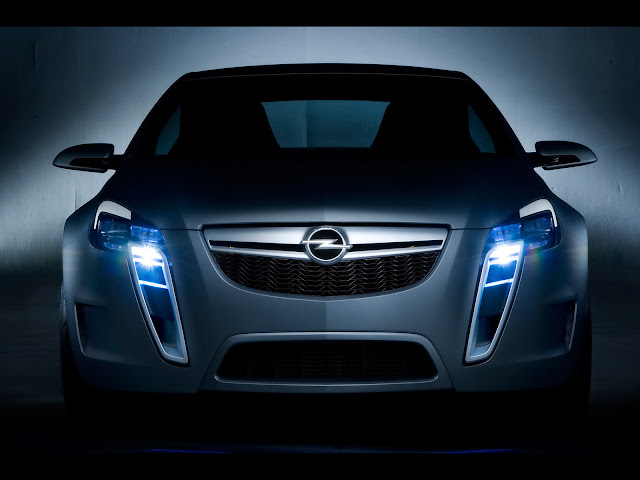


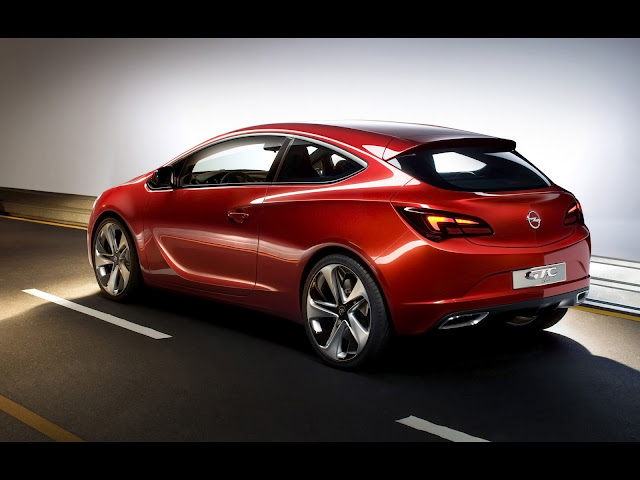
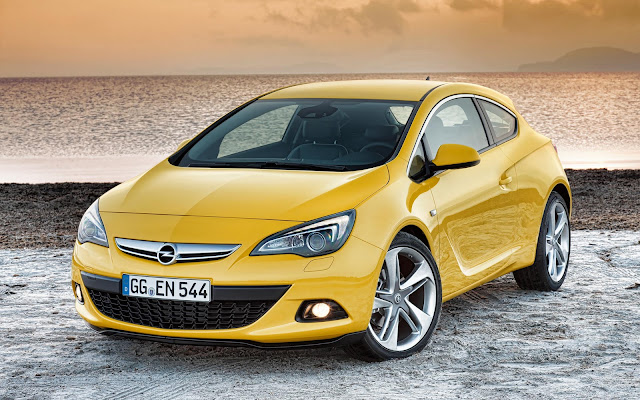


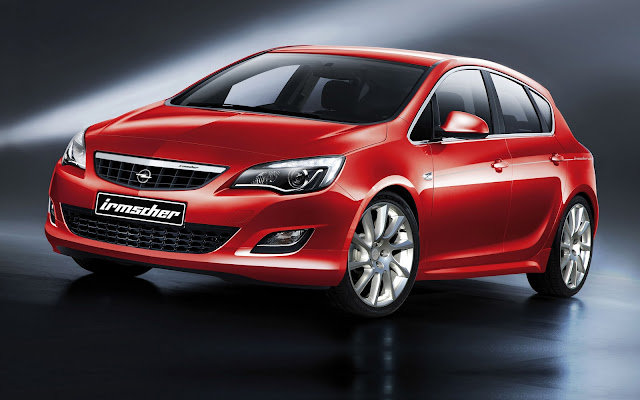










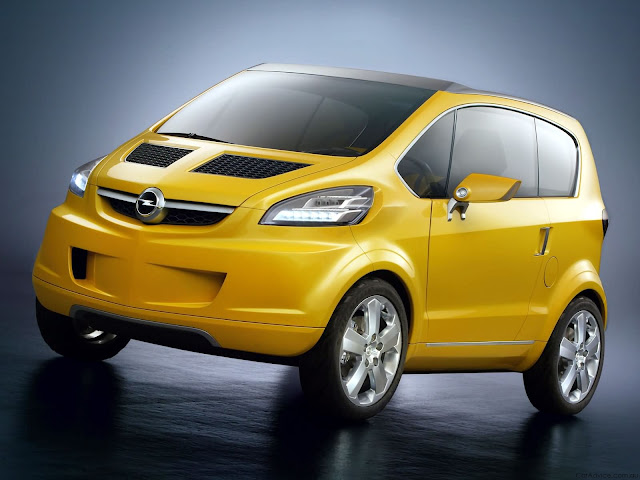

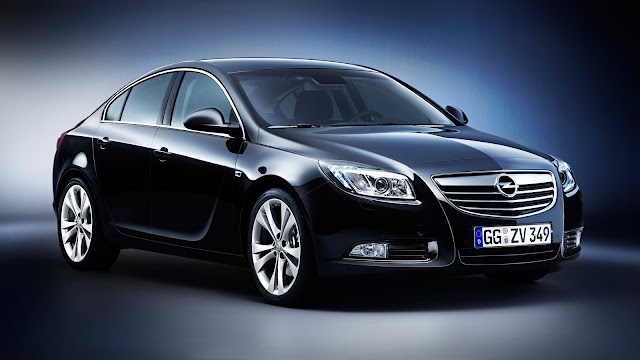
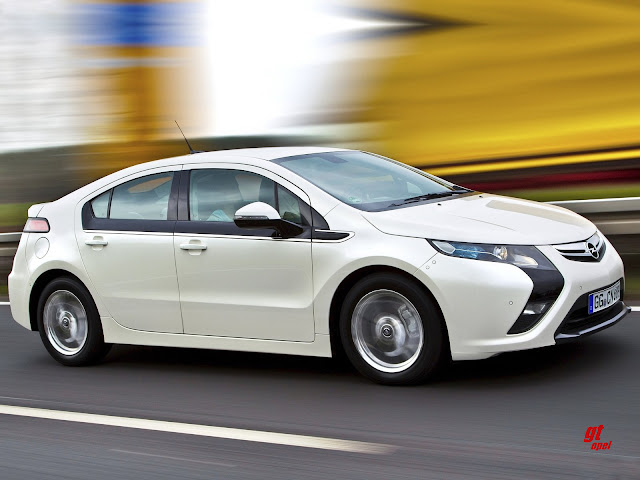


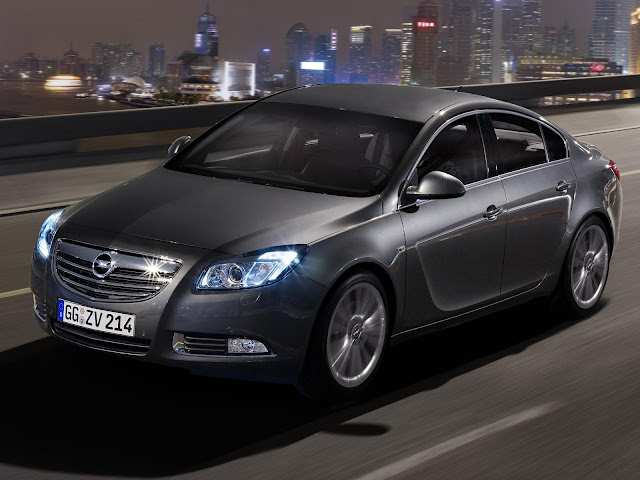
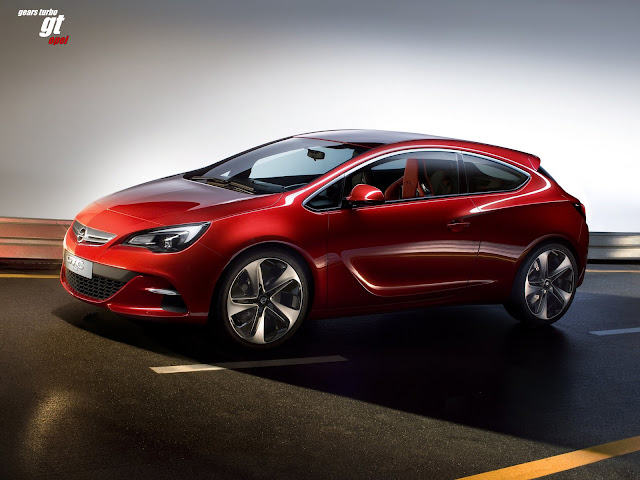



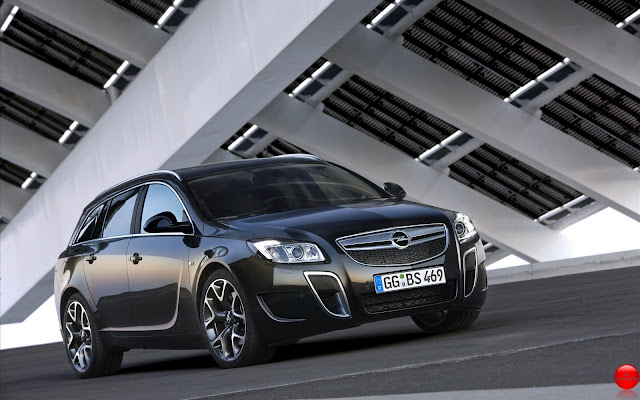
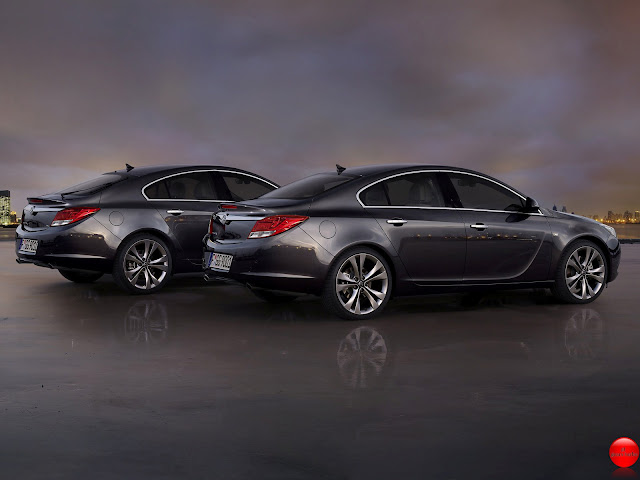




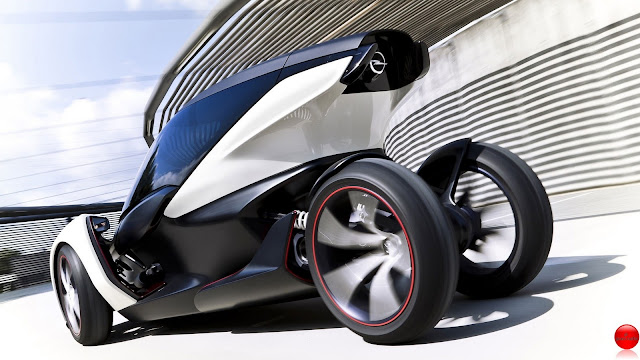
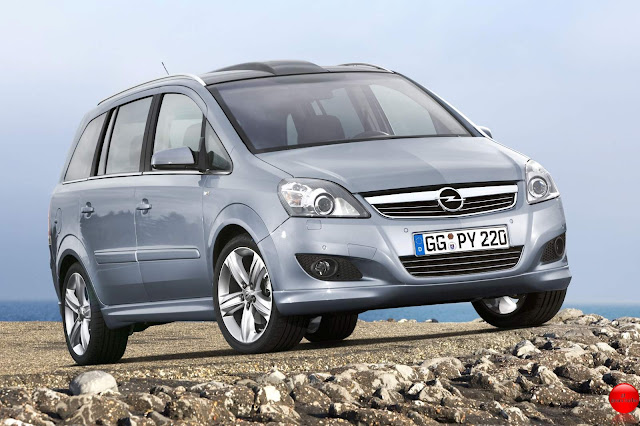
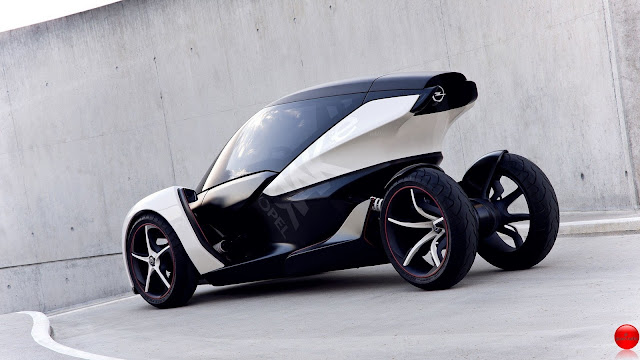
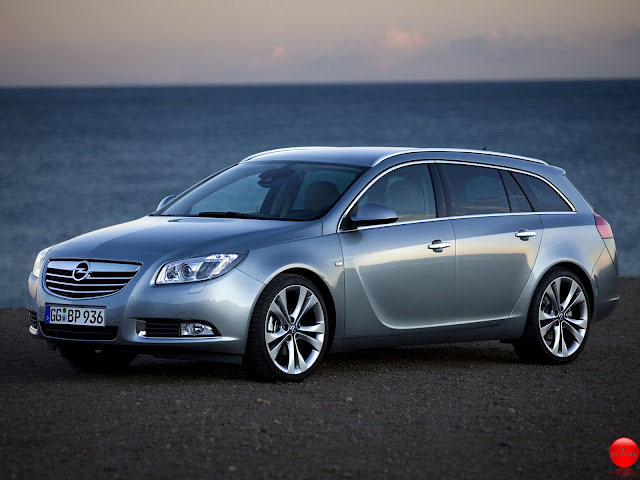

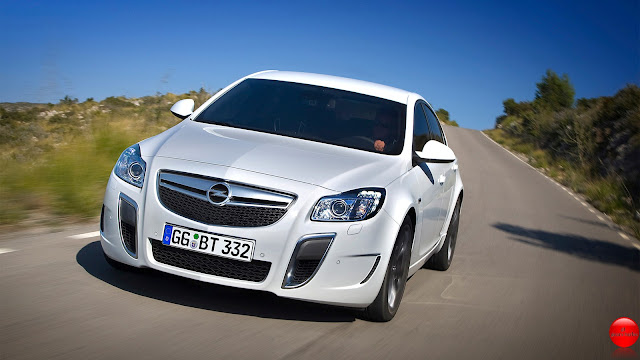



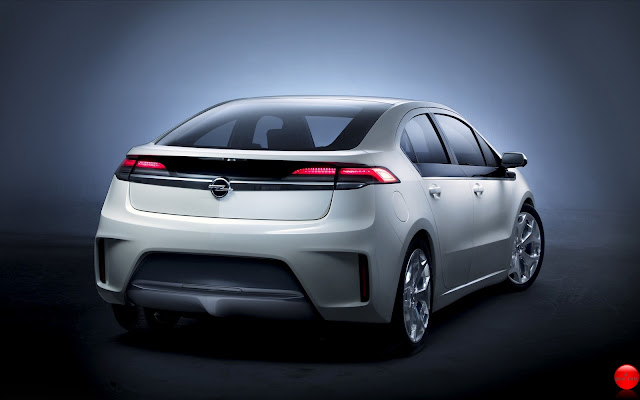

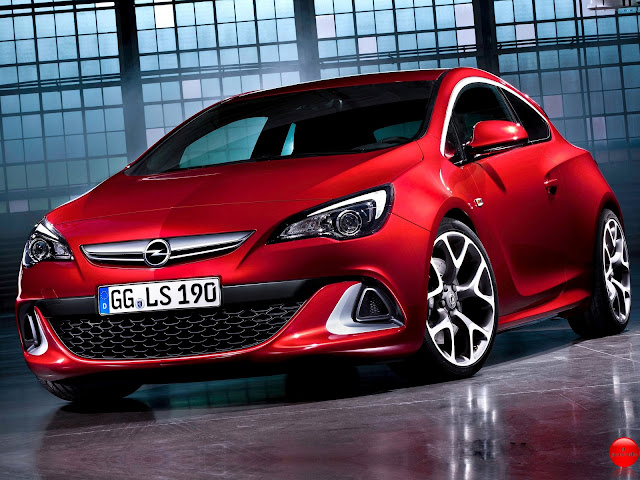
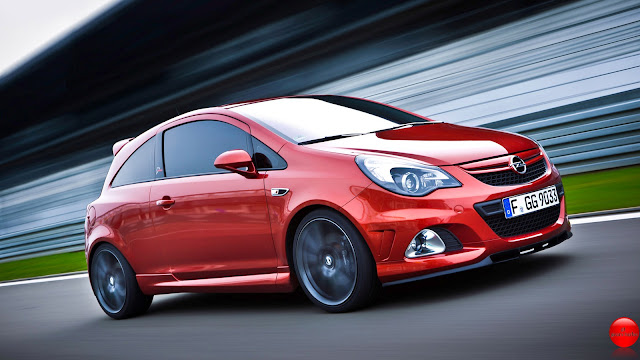



.jpg)













No comments:
Post a Comment